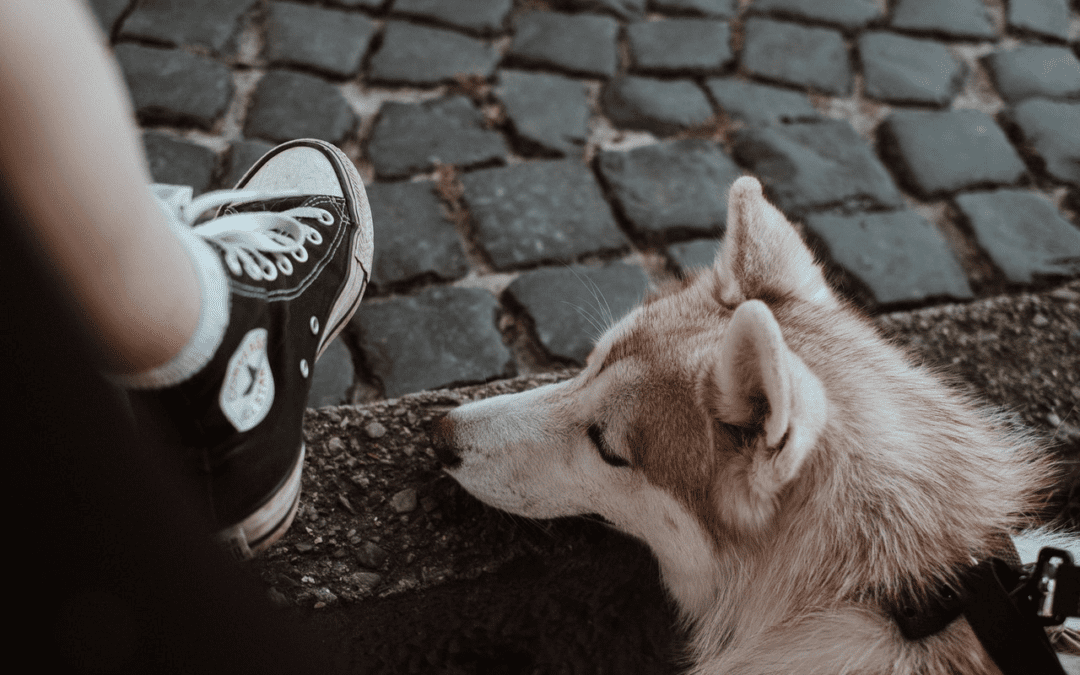Dogs can experience anxiety for a number of reasons – from being left alone to visiting the vet. This week, we’ll be discussing ways to help your dog cope with their anxiety and feel more comfortable.
What causes anxiety in dogs?
Dogs can feel anxiety for many different reasons and in a variety of situations, including:
- An owner leaving the home
- A trip to the veterinarian, groomer, or boarding facility
- A car ride
- Thunderstorms
- Fireworks
- Construction
- Environmental changes
- Disrupted routine
- Strangers
- Other animals
What are anxiety signs in dogs?
Anxiety signals may be interpreted as poor behavior in dogs, when they’re actually trying to tell their owner how they feel. Signs your dog is feeling anxious can include:
- Pacing
- Whining
- Barking
- Howling
- Panting or drooling excessively
- Digging
- Chewing
- Clinging
- Eliminating inside the house
Although these behaviors can be frustrating for you, consider how your dog is feeling when they display them.
How can I help my dog cope with anxiety?
While you likely cannot completely cure your dog’s anxiety, several options to help minimize their unease exist, such as:
- Exercise — Regular exercise will help your dog burn off excess energy and feel calmer.
- Compression wraps — A compression wrap applies gentle pressure to certain points on your dog’s body, promoting a soothing feeling.
- Calming supplements — A variety of calming ingredients can be found in supplements that help take the edge off your dog’s anxiety.
- Anti-anxiety medications — In some cases, anxious dogs may benefit from anti-anxiety medication and from behavioral and environmental modification to reduce their anxiety.
If you believe your dog is showing signs of stress or anxiety, contact our team for a behavioral consultation to help your pet get relief.

